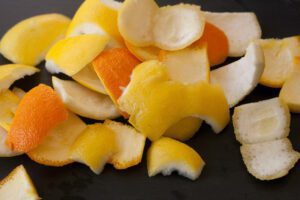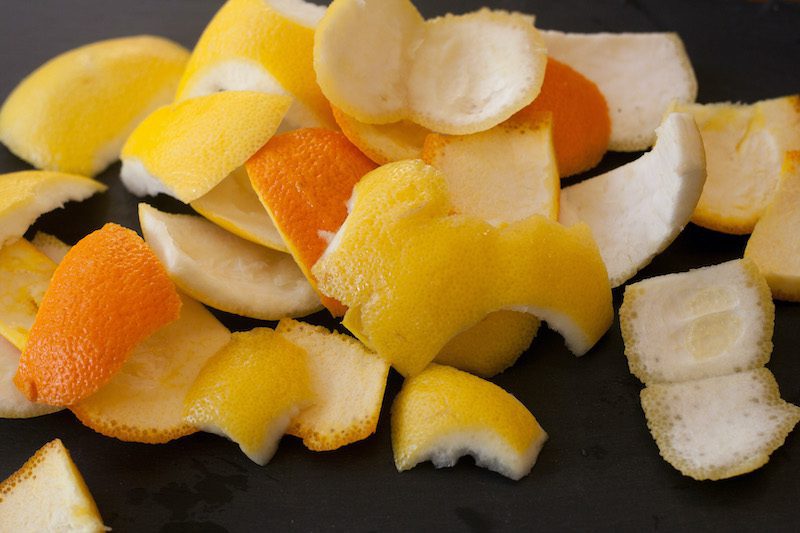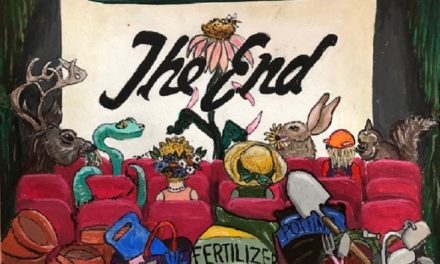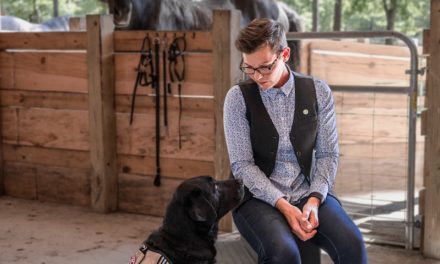 If you’ve ever come home from the garden center reeling at the cost of any commercially produced fertilizer, reading on will make your day!
If you’ve ever come home from the garden center reeling at the cost of any commercially produced fertilizer, reading on will make your day!
I promised in a previous column that I would tell you where to get free fertilizer.
Here’s where.
The everyday world you live in is just loaded with free fertilizers. Nutrients are chemical substances found in every living thing on Earth. These are just a few:
Coffee grounds. Tilling used coffee grounds into soil aids in drainage, aeration of the soil and water retention. The grounds are relatively high in nitrogen and also contain potassium and phosphorus, as well as being a source of moist organic matter. NPK (nitrogen, phosphorus and potassium) from your coffeepot!
Eggshells are about 96% calcium. Crushed and sprinkled onto soil, they will gradually decompose and add this rich nutrient to the plants. Additionally, coarsely broken up and sprinkled around the base of plants, they will pierce the skin and kill off slugs and snails.
Banana and potato peels are loaded with potassium! This “K” in fertilizer is essential for plant growth, and our native soil almost never has enough. Bury them deep enough that they don’t attract unwelcome critters, or make peeling “tea” fertilizer.
Just as an aside, any water used to cook vegetables or fruit can be a plant tea as long as you don’t salt the water. Any raw vegetable scraps (see note below about vegetable scraps) can be used to enrich soil.
Citrus peels dried and blitzed into a powder are a nutrient rich addition for the soil. Use the powder directly or make it into a liquid foliar spray. You’ll notice the difference right away. You can dry the peels on your windowsill. I do.
Outdated herbs and spices still have plant nutritional value. What a potpourri of aromas you get when you sprinkle them around your garden. Use the hot ones like cayenne pepper and chili powder to keep away rabbits and deer.
Beer NOT! It’s an old wives’ tale that beer’s good for your garden, but it contains alcohol, among other things (which is bad for plants, unless you want to put it in a saucer next to plants to kill snails and slugs). Between my nephew, Jason, and my friend, Joe, beer doesn’t have a chance to go flat in my house so that I wouldn’t get to use it in my garden even if it was a good fertilizer!
Let’s leave the kitchen, but before we do, let me tell you about the late Margot Rochester, one of my favorite garden writers. She was my kind of gardener – lazy. She never bothered with a compost pile, she just saved all her compostable kitchen scraps in a covered bucket under the sink and every couple of days would take them into her garden and cover them with a couple of shovels of soil. Tamped down, it didn’t encourage critters and decomposed nicely!
So now let’s go outside.
Grass clippings. Chances are that you or your landscapers already use mulching mowers, but if not, grass clippings make wonderful mulch AND fertilizer for acid loving plants like hydrangeas and camellias.
Manure. If you are lucky enough to live near a farm or stable, animal manure is a much desired fertilizer. Don’t make the mistake of using the waste from pets. It can have various parasites which can easily affect plants.
Worm Castings. You’ll need a Worm Farm, which you can easily make or buy. I kept mine in my hall closet because it’s close to the kitchen, but the garage is fine, too. There’s no odor, and you can feed them anything that goes in a compost pile –even shredded newspaper! Red Wigglers are best.
Sawdust and wood chips. There is a lot of conflicting information about this online, but the overriding advice seems to be that it’s never a good idea to mix them into your soil. Since they use nitrogen to decompose, they will use up all the nitrogen in the soil. However, used as mulch, it should not deplete the soil beneath it. When it has decomposed, it provides organic matter to enrich the tilth.
Wood and charcoal ashes. Wood ashes are rich in calcium and potassium and are good for reducing soil acidity, so are good for vegetables and flowers. Roses, too. Charcoal ashes do much the same except they should be used sparingly and never if they have been used with a charcoal starter. I would caution for both, but my bananas loved ashes from my “burn pile”.
Live oak leaves can take eons to decompose and make an almost impermeable barrier to the soil. However, if you run over them a few times with your mower, the chopped leaves make a wonderful mulch for acid lovers like hydrangeas, camellias and azaleas. They also contain as much nitrogen as cow manure!
Autumn leaf fall. The leaves from deciduous trees contain less moisture than live oaks, but they still contain nutrients that they release as they decay.
There is one more that I can mention, even if it is a little delicate. Urine. It’s almost 100% nitrogen and is used effectively in third world countries as fertilizer. Anthony Hopkins, in his movie “The World’s Fastest Indian,” was careful to have his young neighbor continue to pee on his orange tree while he was gone!
So take heart. Natural fertilizers may take a little work on your part, but not as much as it took to earn the money to buy it.









